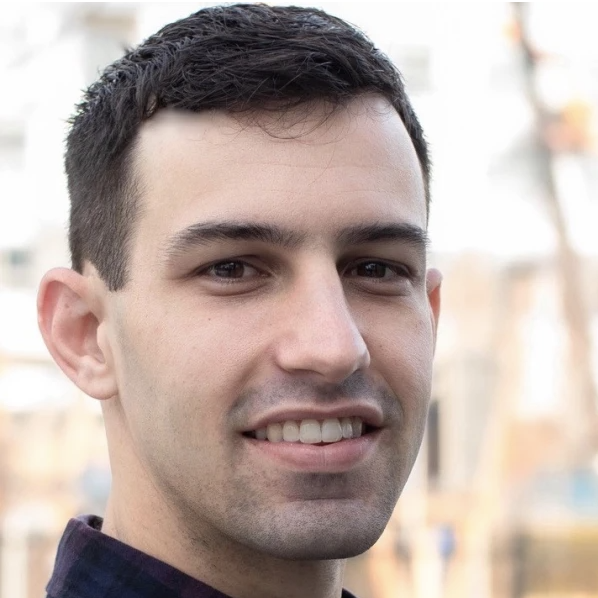Over the last half-century, the fabric of American communities has slowly frayed. Buffeted by powerful demographic and cultural forces, today’s America faces historic depression and suicide rates, more people living alone than ever before, and a majority of young people citing no attachment to their neighborhoods. To make matters worse, Americans have seldom been more divided by political party affiliation, socioeconomic status, or geography.
Almost nowhere is this national ailment more palpable than in American University’s own backyard. In 2018, Christian organization CV Outreach ranked Washington, D.C. the second-loneliest city in America behind Las Vegas, a distinction unlikely to surprise most longtime residents. Famous for its transience, D.C. has long hosted a revolving door of interns, students, and political staffers. Combine this with some of the highest daily commuter surges and gentrification rates in the country and it becomes obvious why strong communities and deeply-rooted commitments may be the exception rather than the rule.
A vibrant community isn’t just charming; it’s the key to helping individuals and societies flourish. While “communal bonds” and “community integrity” are somewhat fuzzy terms, one can usually tell whether they feel at home or not in their neighborhood. Indeed, a weak or nonexistent sense of community has been found to produce feelings of alienation, isolation, and loneliness, while a strong one has been linked to increased happiness and personal agency. This works on the collective side, too, since the common goals, freedom of expression, and high engagement levels that characterize strong communities help people name, express, and address their problems more effectively than in weak ones. In the process, strong communal bonds become the foundation of safe, dynamic neighborhoods as well as healthy individuals.
But where do these bonds come from? While we can’t manufacture a sense of community or impose it on a neighborhood, certain efforts can help foster its organic development. In the public policy realm, government action and funding at the lowest levels might help move the needle on community integration. In D.C., for instance, the government should consider establishing an agency dedicated to researching the causes, effects, and impediments to community integrity. Desired outcomes of this research might include the creation of city-wide heat maps indicating the strength of correlation between a neighborhood’s social capital—a common measure of community integrity—and challenges such as crime, violence, and homelessness. Using these data as guideposts, city administrators could offer grants at the city and advisory neighborhood commission levels to incentivize social capital programming tailored to D.C.’s unique character and complexity.
On the legislative side, government officials should lead by example by making civic engagement a core pillar of lawmaking. Town halls, community walk-throughs and other face-to-face interactions with constituents, while happily common in the nation’s capital, ought to be familiar sights in every American neighborhood.
Ultimately, however, these efforts will be wasted if not combined with policy that addresses the root causes of community dissolution. Without adequate affordable housing and the funding of initiatives such as D.C.’s Home Purchase Assistance Program, gentrification and out-migration will continue to devastate some of the city’s most robust and historic communities, disproportionately impacting low-income people of color. Similarly, without the creation and maintenance of public parks and other accessible areas (currently most plentiful in D.C.’s wealthy neighborhoods) where neighbors can connect and converse, individuals will be left with few opportunities to forge the informal bonds that breathe life into communities.
Of equal importance are the actions each of us can take to create the kinds of communities we hope to inhabit. Attending monthly Advisory Neighborhood Commission and civic association meetings, or their equivalent outside of D.C., is a great way to learn about the hyperlocal issues impacting our communities, familiarize ourselves with the local governing process, and meet neighbors. Initiating conversations with those neighbors—whether at a community park, over a meal, in a neighborhood organization, or at a local business—exposes us to diverse perspectives and experiences, helping us build communities that address everyone’s needs and desires. And reading about the history of our cities and neighborhoods can help us learn from the past so we can envision the better future we hope to bring about.
If there’s one lesson COVID-19 has taught us, it’s how desperately we need, and have always needed, one another. As the nation inches closer to a new kind of normalcy, it would be a shame not to carry this hard-earned lesson with us. We have among us the tools to break down the barriers that divide us as neighbors. We have within us the resolve to live in our neighborhoods on purpose and for a purpose. Let’s turn the page on a new year by turning our hearts and minds to these most worthy of tasks.
Featured image: Photo by Sand Crain on Unsplash.



0 Comments